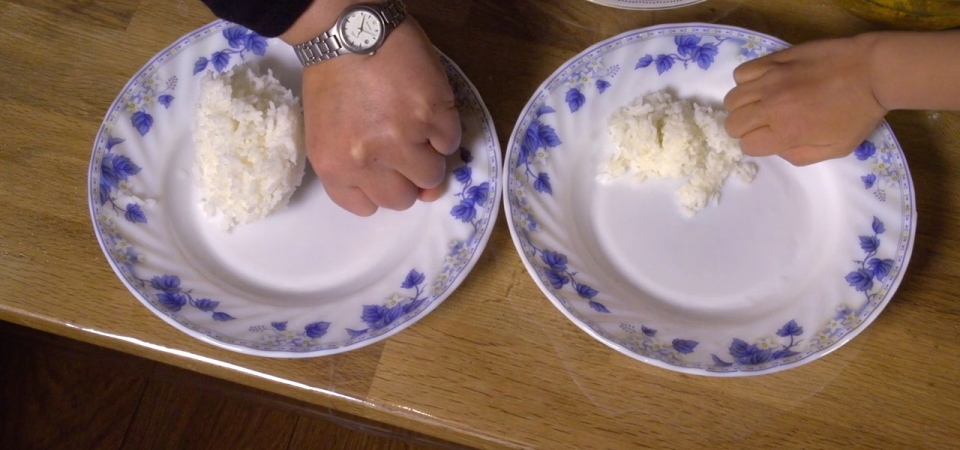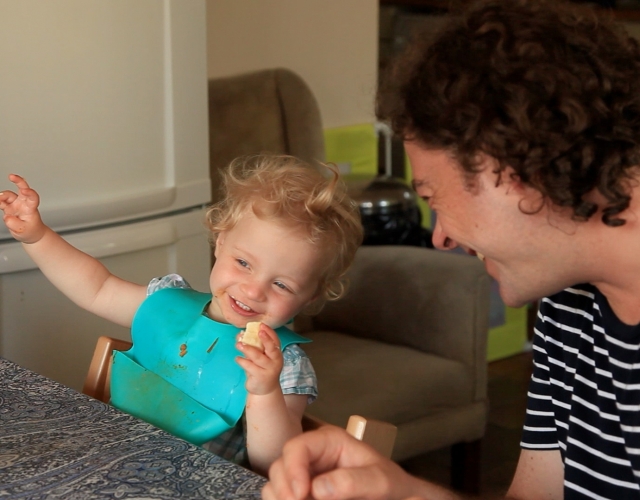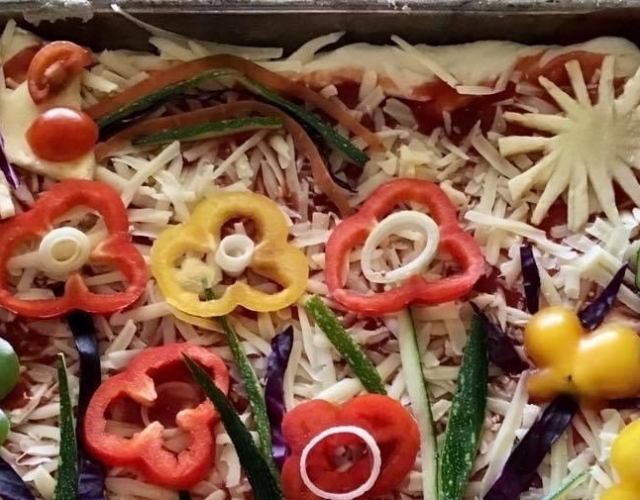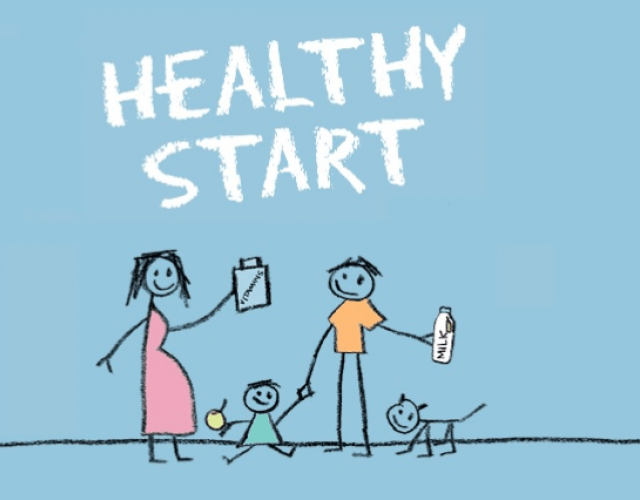Stopping when they’ve had enough
As parents, we often worry about whether our children are eating enough – and yet expecting children to finish everything on their plate can lead to battles around food.
Did you know that the size of your stomach (unstretched) is the same size of your own fist and that the same is also true for your children? Remembering just how tiny young children’s tummies actually are can help us to stay realistic about how much they can eat before they feel full.
Me-sized meals ![]()
The beauty of hands is that they grow with us, so we can use them as a guide to portion sizes for different members of the family depending on their age. For instance the size of your child’s clenched fist equates to one portion of pasta, rice or potatoes. Their cupped hand is a portion of vegetables or fruit, while a portion of pulses, eggs, meat or fish would be roughly the size of their palm.
Notice when they’re full
Using hands to work out age-appropriate portion sizes is only a guide - your child’s appetite is likely vary from one day to the next. Noticing when your child is hungry and when they are full will help you give them the amount of food they need.
When your child shows you or tells you they have had enough, let them stop eating even if there is still food left on the plate. This can feel hard at first, especially if we were told as children to ‘eat up’ and finish everything on our plate as a child – but forcing children to eat more than they want to can result in stressful mealtimes. In the longer term, your child may stop noticing when they are full – contributing to over eating in later life.
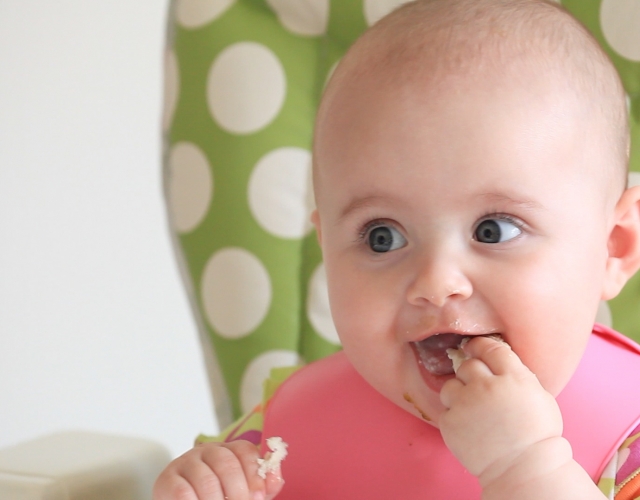
Getting your baby into healthy eating habits – as well as the rest of the family

